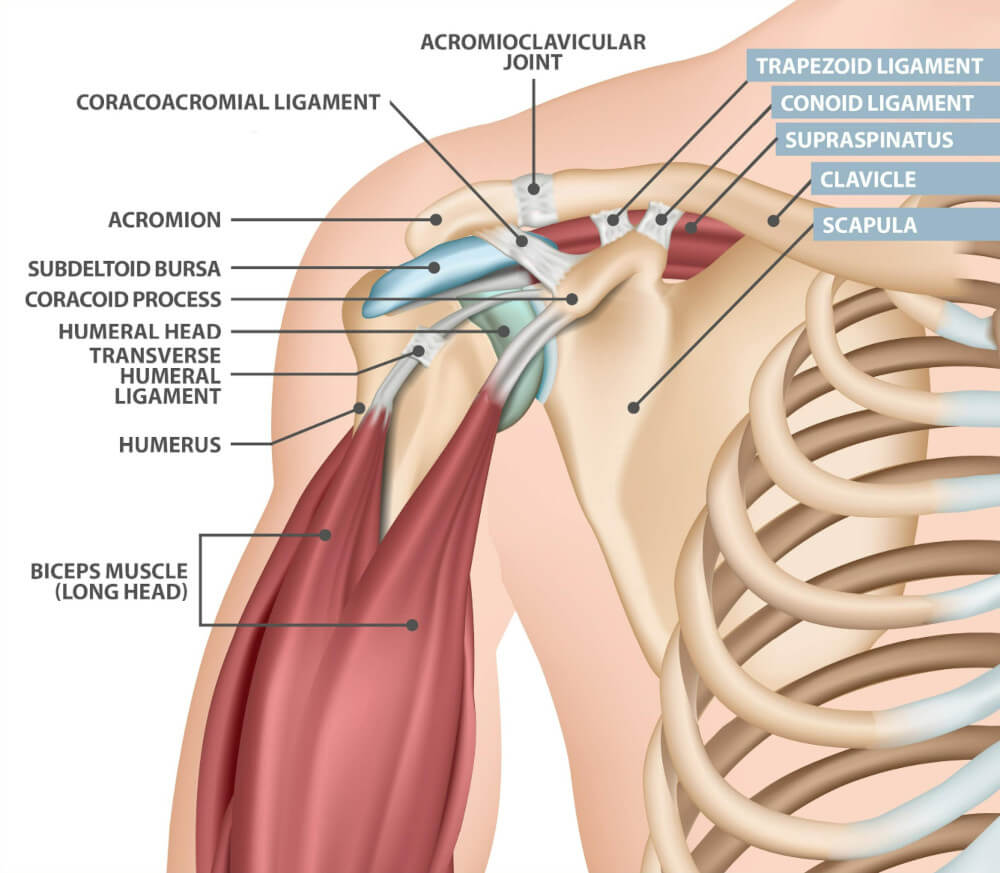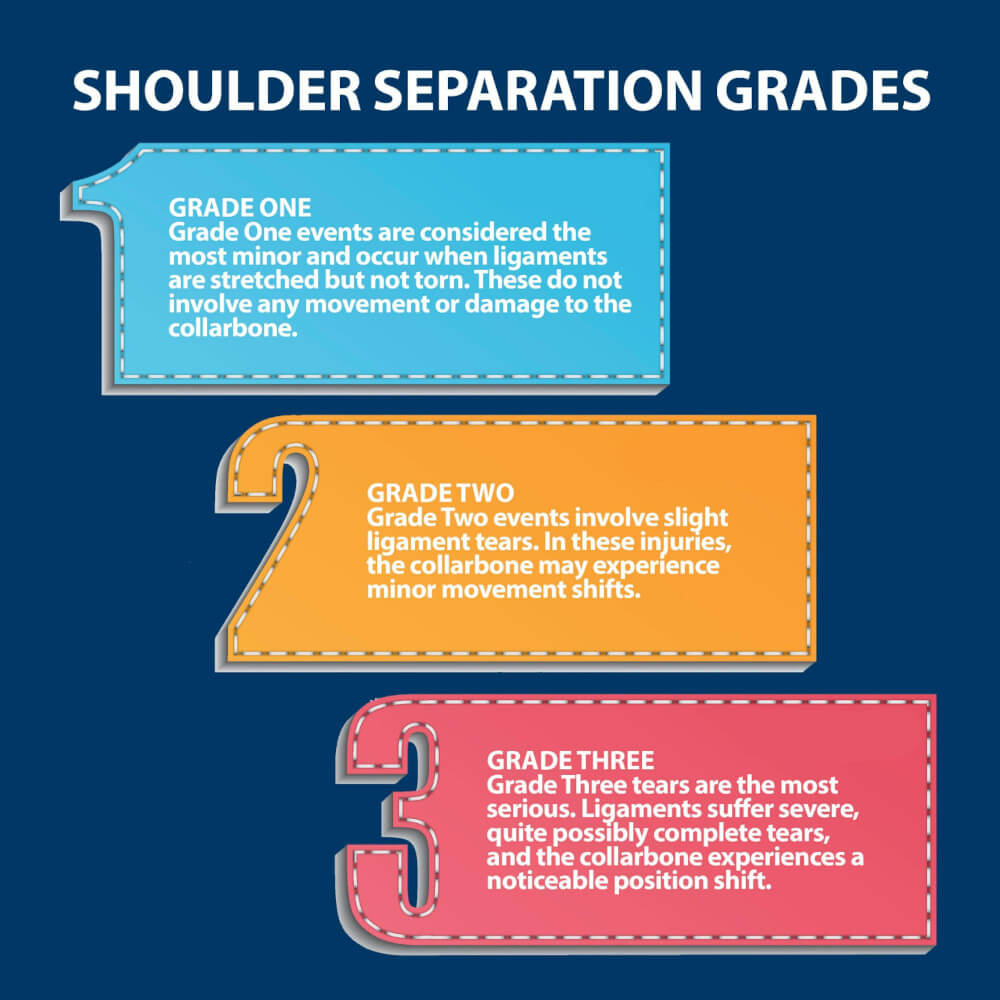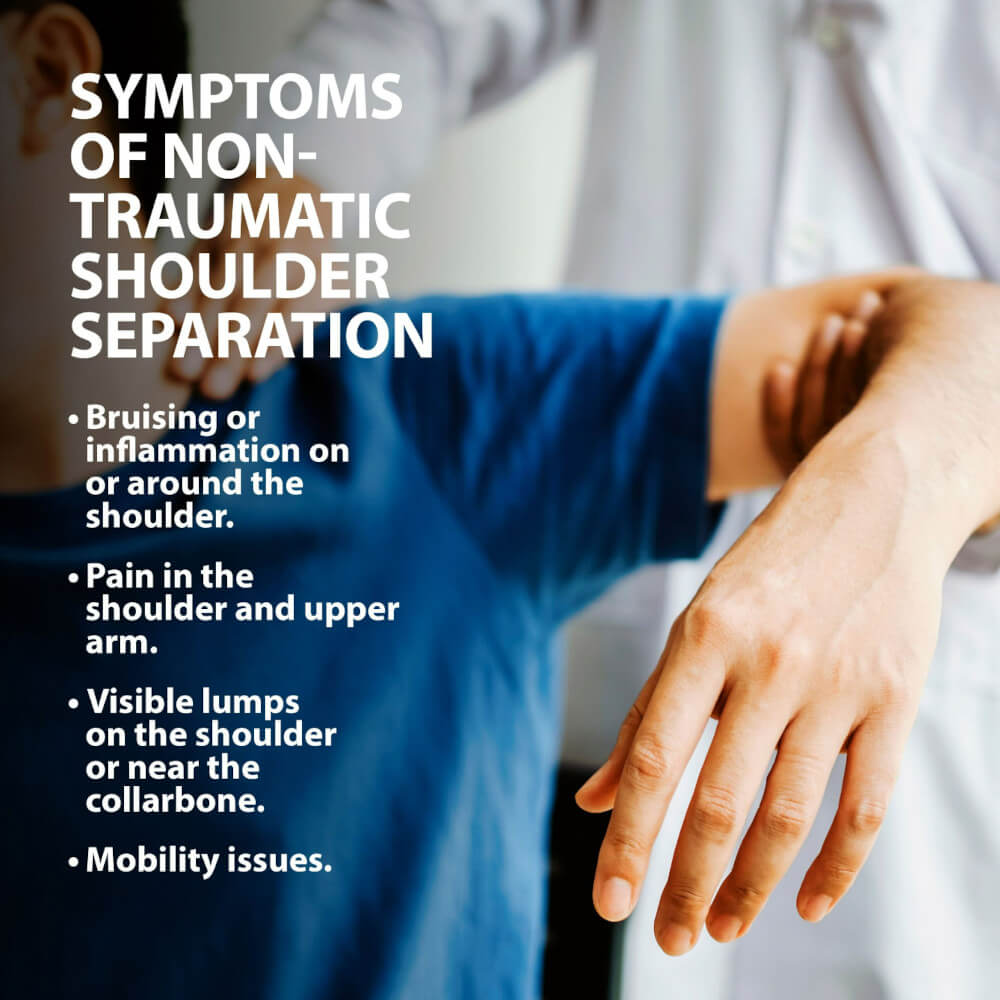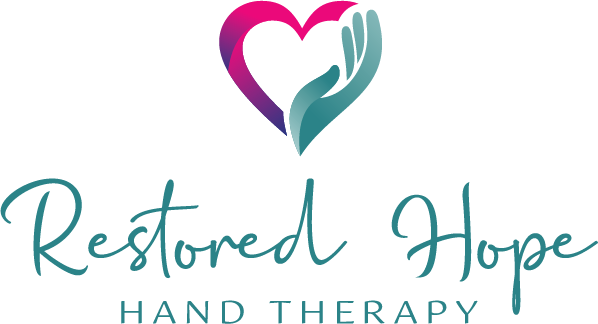What is a Shoulder Separation?
Shoulder separation, also known as acromioclavicular (AC) joint separation, is a common injury that affects the joint where the collarbone (clavicle) meets the shoulder blade (acromion). This type of injury typically occurs as a result of trauma or a forceful impact to the shoulder, often during a fall or direct blow.
If you have a question about whether your condition should be treated by one of our hand therapists, call Restored Hope Hand Therapy at (928) 275-2201.
Shoulder Separation vs Dislocation
A shoulder separation is an injury to the ligaments that connect the collarbone (clavicle) to the shoulder blade (acromion). A shoulder dislocation occurs when the upper arm bone (humerus) pops out of the shoulder socket (glenoid).
Anatomy of the Shoulder Joint

Causes of Shoulder Separation
Shoulder separation is most commonly caused by a traumatic event that forces the acromioclavicular joint out of its normal alignment. Common causes include:
- Falls: Falling onto an outstretched arm or directly onto the shoulder can result in a separation of the AC joint.
- Sports Injuries: Contact sports, such as football or hockey, where players may experience direct impacts to the shoulder, increase the risk of shoulder separation.
- Motor Vehicle Accidents: High-impact collisions can lead to shoulder separation.
Grades of AC Joint Separation
Shoulder separations are classified into different grades based on the severity of the injury:
- Grade I: A mild injury with a slight displacement of the joint, but the ligaments are not torn.
- Grade II: A moderate injury with partial tearing of the acromioclavicular ligament and possible stretching or partial tearing of the coracoclavicular ligaments.
- Grade III: A severe injury with complete tearing of the acromioclavicular ligament and both coracoclavicular ligaments. This leads to a significant displacement of the joint.
- Grades IV-VI: These represent more complex injuries with increasing severity, involving additional ligament and joint damage.

Symptoms & Diagnosis
The symptoms you experience can vary depending on the separation’s severity. Most produce common symptoms like:
- Bruising or inflammation on or around the shoulder
- Pain in the shoulder and upper arm
- Visible lumps on the shoulder or near the collarbone
- Mobility issues
More severe cases could lead to a popping sound or sensation when moving the affected shoulder and numbness in the hand or fingers.
Your doctor will first conduct a thorough examination of your shoulder and look for any obvious visual abnormalities. Afterward, you may be requested to perform various exercises designed to measure your pain threshold and range of movement.
Unsurprisingly, a diagnosis is easier to confirm when the injury is more advanced. This is because moderate to severe separations produce obvious signs like deformities. X-rays and MRI scans are used to help determine treatment options.

Treatment at Restored Hope
The severity of the separation is the most significant deciding factor when considering shoulder separation treatment. We’ll also weigh other issues, including your:
- Age
- Fitness level
- General health
- Shoulder’s structural makeup
- Weight
You should not let your injury go untreated. After suffering an injury, our team will thoroughly evaluate your health and pain history. This evaluation will allow us to understand your injury, what positions improve the pain or worsen it, and what activities you do that might contribute to your pain. After your evaluation, we will assess your range of motion, strength, and flexibility that may affect your pain. When all other possible conditions have been ruled out and your injury is diagnosed, our team will work with you to develop a unique plan tailored to your specific situation and your goals.
Schedule an Appointment Today
Don’t let shoulder pain or injury keep you in a bind. Reach out to Restored Hope Hand Therapy today and take a decisive step towards reclaiming your life from the clutches of shoulder pain. We are well-equipped to provide the support and professional guidance necessary for a successful rehabilitation journey. Call us today to schedule an appointment and embark on the path to recovery.
Shoulder Therapy Options
individualized-specific therapy programs to offer you the best possible results.
Shoulder
- Arthritis
- Avascular Necrosis (Osteonecrosis)
- Biceps Tendon Tear
- Breaks and Fractures
- Bursitis
- Chronic Shoulder Pain
- Dislocated Shoulder
- Frozen Shoulder
- Glenoid Labral Tear
- Rheumatoid Arthritis
- Rotator Cuff Injury
- Shoulder Separation
- SLAP Tear
- Strain & Sprains
- Swimmer’s Shoulder
- Tendonitis

